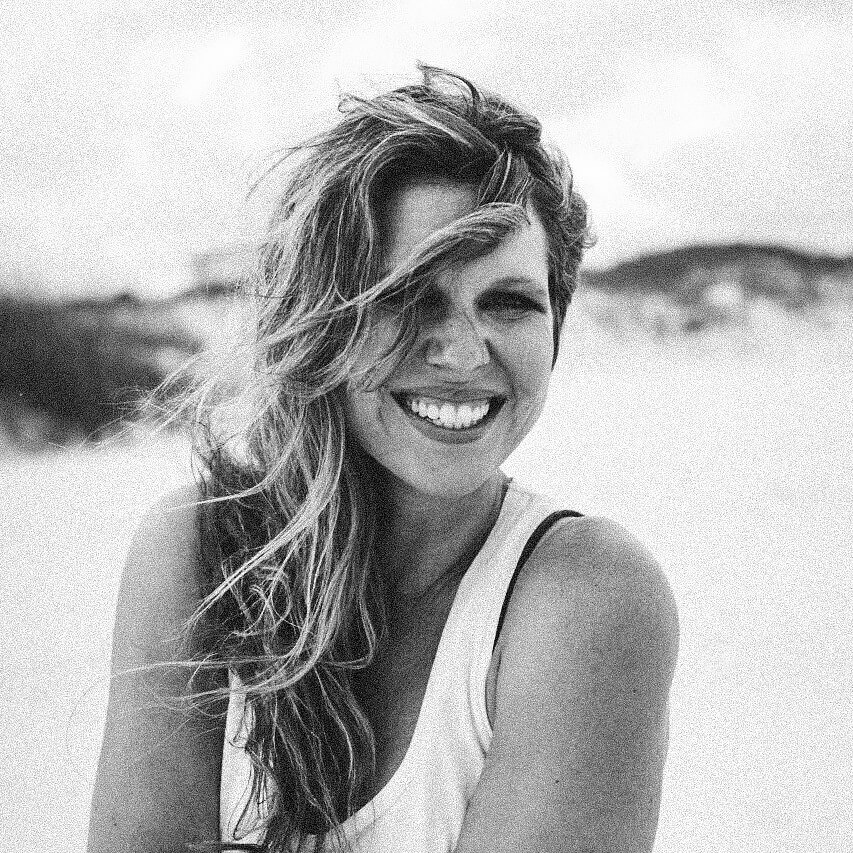Leigh Ann is a freelance photographer located in a small town just north of Birmingham, Alabama. Her freelance career spans over 20 years as a professional with portrait, commercial and documentary/editorial work for publications and the entertainment industry. Her work has been in ROLLING STONE, VINTAGE GUITAR and B&W MAGAZINE. She is also an award-winning photographer for her portrait titled 'RODEO'.
She is an avid trail runner married to a full-time working musician and her work often reflects that of her lifestyle, showcasing her love of adventure, people and the great outdoors.
She received a BA in Studio Art and minor in Journalism from the University of Alabama in 2004 and considers photography more about her visual journey than a professional destination.
STATEMENT
Over the years I have noticed a pattern with my personal works. I often seek out the road less traveled rather it be within my living environment and community or during my travels. The isolation feels comforting and safe for me, as it allows me to slow down, it is here in these moments, when photography becomes my therapy.
I've always been intrigued by the unplanned photograph and my work never is pre-conceptualized. I typically don't know what I will end up photographing and often feed off the energy I am given within that moment when I decide to take the image. The act of shooting is more important to me than the image I capture because it is about the connection I have found with the individual or space I come across. I tend to shoot more on sporadic intuition than thinking the shot through. If I feel something, I don't hesitate and click the shutter only to discover the image later, which can add to the excitement of this experience with my camera.
The days I find myself inspired to shoot are days that I long for a connection, rather it be connection with others or the space I am in. I have found that over the years, my photography has become more about a glimpse into who I am more than a means to make a living as a professional.
The pattern of my work tends to primarily focus on portraits of locals and the environment of small towns documented in black and white. This approach is to give the sense of isolation and nostalgia of small-town living. I don't want my work to feel 'dated' as I hope those viewing my work will also connect them to that place or person without feeling dated or current. I want my work to gather a sense of timelessness to the viewer and to me.
I consider my personal works a journal of my life, my adventures, and a sense of belonging somewhere as I hope others will stumble across and 'read' my photographs when I am gone.
